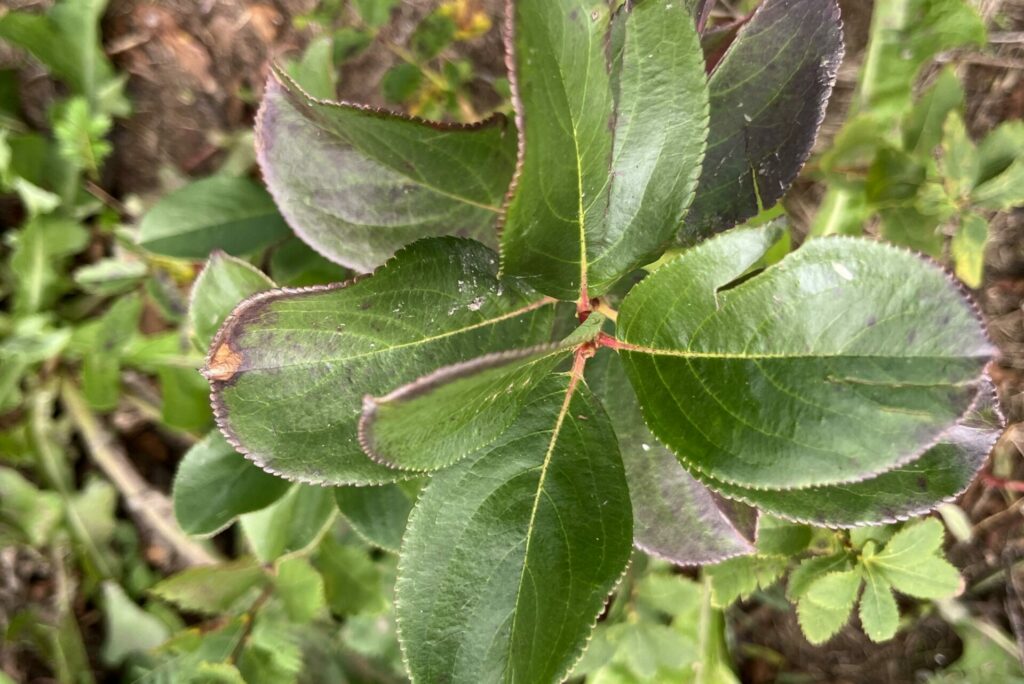Indigenous Plantes
New Brunswick

Cotton Grass
Eriophorum Virginicum (Tawny Cottongrass)
Common Cotton-grass is not a grass but a member of the sedge family! It displays white fluffy, cotton-like flower heads that give this beautiful plant its name, and that were once used as a feather substitute in pillow stuffing; to make candle wicks, and to dress wounds during the First World War. It is a tall plant with narrow dark green leaves that have a grass-like appearance. It flowers from late April to June and Common Cotton-grass is an anemophilous species, meaning that the pollination vector is the wind.
Habitat:
Common Cotton-grass likes open, wet, peaty ground. It can be found in wet bogs, shallow bog pools and acid fens.

Hoary Mugwort
Artemisia Stelleriana (Beach wormwood)
The Artemisia stelleriana can largely be found in China, Japan, Korea and Russia. It has pale-green to white leaves that give the plant a silver or whitish appearance. That’s why it’s also known as the hoary mugwort. This herbaceous perennial plant is harvested from the wild to flavor rice.
The plants have pale-green to white leaves, which are covered on both surfaces with thick trichomes, giving a silver or whitish appearance. The yellow flowers grow in tall clusters and bloom from July to late August.[2] The species thrives in dry and hot climates.

Northern Bayberry
Mirica Pensylvanica (Beach wormwood)
Myrica pensylvanica, the northern bayberry, is a species of Myrica native to eastern North America, from Newfoundland west to Ontario and Ohio, and south to North Carolina. It is also classified as Morella pensylvanica.
Myrica pensylvanica is a deciduous shrub growing to 4.5 m tall. The leaves are 2.5–7 cm long and 1.5-2.7 cm broad, broadest near the leaf apex, serrate, and sticky with a spicy scent when crushed. The flowers are borne in catkins 3–18 mm long, in range of colors from green to red. The fruit is a wrinkled berry 3–5.5 mm diameter, with a pale blue-purple waxy coating; they are an important food for yellow-rumped warblers.
This species has root nodules containing nitrogen-fixing microorganisms, allowing it to grow in relatively poor soils.